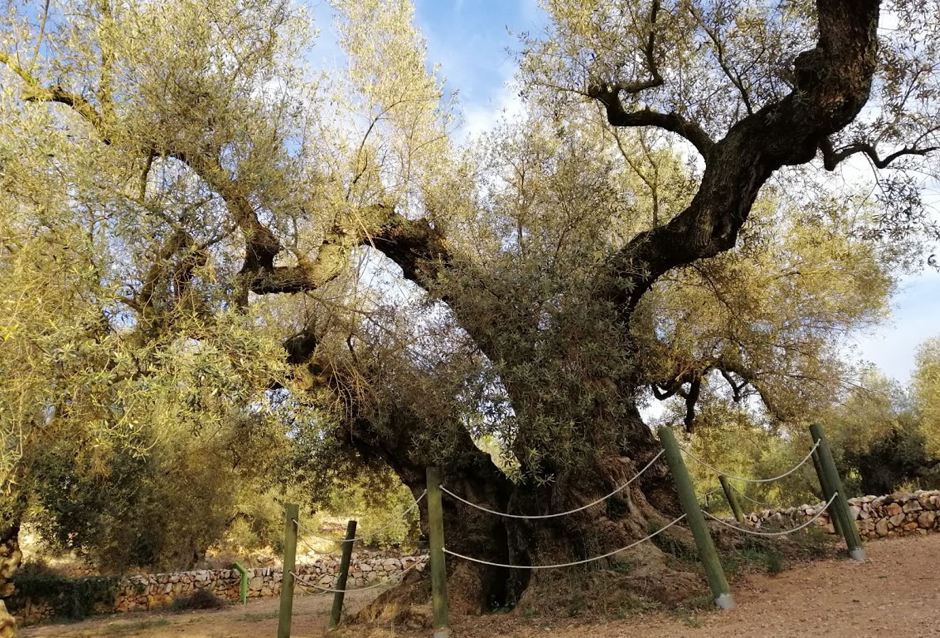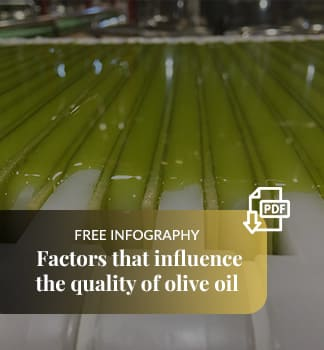Listen to this article
If we walk through any olive growing area, it is usually easy to discern with the naked eye the plots of different owners simply by the different management that each one performs. This should make us reflect on the empirical and subjective aspects of olive grove management, since it is not governed by objective agronomic criteria.
It can be affirmed that the vast majority of olive groves are capable of improving their production by optimizing their management, without this implying a considerable increase in the current expenses of the exploitation.
Soil management
The fundamental pillar of olive grove production is soil management, even more so if it is a dry olive grove, in arid areas and on slopes. Soil management must be such that it allows:
- Maximum infiltration of rainwater.
- Minimal erosion.
- Maximum level of organic matter.
- Minimal water losses due to evaporation.
- Maximum size and activity of the radical apparatus.
- And above all, minimal competition with weeds.
Depending on the plot, the following will be combined: herbicides, clearing, tillage, ponds and / or dams. Whether in the arenas, rows or streets of the olive grove.
Pruning
PRUNING FORMATION.
It is usually common to find new plantations in which the formation pruning is done aggressively, eliminating too many low shoots, unbalancing the leaf / root relationship and thus damaging the development of the seedlings, in addition to often causing diseases by secondary pests such as euzophera
RINSE PRUNING.
When done correctly, it allows to reduce harvesting costs, as well as to increase ventilation and insolation, reducing the incidence of diseases, favoring at the same time better vegetative and fruit-set growths. Unbalanced pruning causes excess suckers and burns in the wood of young trunks and branches, with significant production losses.
RENEWAL PRUNING.
It is only common mainly in areas of the provinces of Córdoba and Jaén. There is no impact on the deleterious effect on the production of the olive grove of the excess wood of the trees, which acts in a similar way to weeds as they are strong sinks of mineral and organic nutrients. Renewal pruning should be a constant objective in all plantations after a certain age when the leaf / wood ratio starts to get too low.
Machinery calibration
The calibration of the machinery is another aspect that is not usually given the importance it has, especially in foliar treatments. Many foliar treatments do not apply the necessary volume of broth per olive tree, nor do they cover it homogeneously, producing significant losses due to drift or by not even impacting the jets of broth in the glasses.
From the road it is easy to see some atomizers treat many times, since columns of microdroplets propelled above the glass and carried by the breeze or wind can be seen at great distances. This volume of broth will end up falling mainly on the soil of the olive grove, with the consequent economic waste and occasional pollution.
It is usually attributed to the lack of effectiveness of phytosanitary products such as fungicides, the incidence of diseases such as repilo, lead and tuberculosis, when precisely the cause is that insufficient volumes of broth are being applied.
Plagues and diseases
Phytosanitary products are usually applied, especially insecticides, in a totally anarchic way, despite the fact that current legislation prohibits it. This means that the auxiliary fauna of the olive grove is very damaged and the incidence of pests is greater than it could be with responsible management, without taking into account the unnecessary economic expense.
Nutrition
As for nutrition, there is a long way to go, both from the olive production sector itself and from research and practical transfer of results.
The farmer performs the foliar and fertilized treatments many times by last minute decisions and without really having clear knowledge about the real needs of the farm at each moment, in each year, the behavior of the different fertilizers in their soils, etc.
Olive grove nutrition research is usually carried out in very specific settings, so a multitude of factors are not taken into account and the results are usually not very applicable to reality. There is also a great lack of knowledge of the supplier and technical sector when it comes to correctly interpreting this information for each specific farm.
.png)






